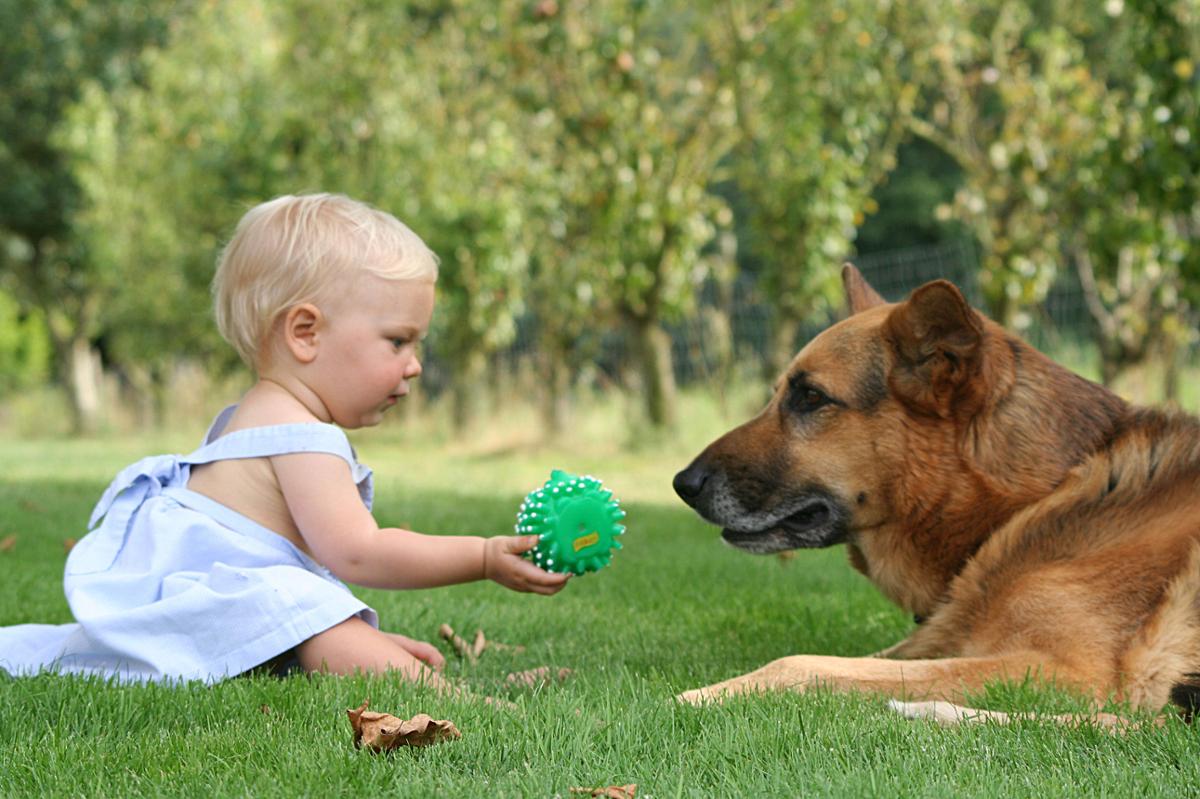Y: Don, what's the same about those two cars in the parking lot?
D: They're both red, of course. Why do you ask, Yaël?
Y: The ability to make comparisons and analogies--to tell when and how things are the same or different--is a mental capacity that distinguishes human beings from at least most other animals.
D: Is it really a capacity of all human beings, including even babies before they learn to talk?
Y: Yes it is, according to research published in 2015 by a team of scientists who studied seven-month-old infants.
D: But how do you ask a baby whether it understands analogies?
Y: The scientists showed infants pairs of objects on a puppet stage. The two items were either the same: two Elmo dolls, or different: an Elmo doll and a toy camel. The researchers carefully monitored the babies' eye movements. One infant group saw a series of pairs that were the same, another pairs that were different. After a while, the investigators switched the "same" group to pairs that were different, and vice versa. The scientists surmised that the babies recognized that the abstract relationship between the objects had changed because they looked longer at pairs that showed the novel relationship.
D: That's really a clever experiment. Since the infants couldn't talk, and didn't know words for 'same' and 'different', we can be sure these abilities weren't just a byproduct of language.
Y: It took the infants six to nine trials to learn the abstract same-vs-different distinction. Other animal species take thousands of trials, if they learn it at all. The findings show that humans have a special ability that doesn't depend on words.










